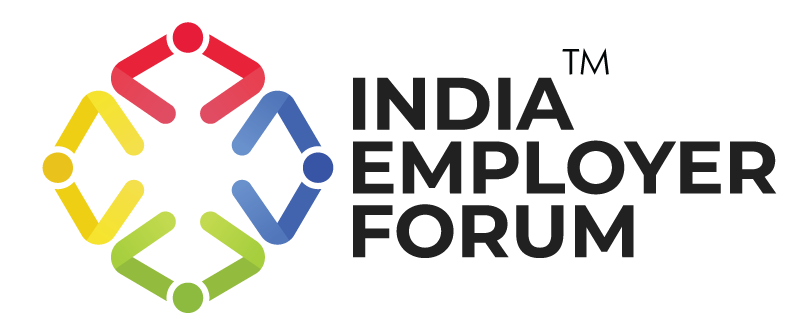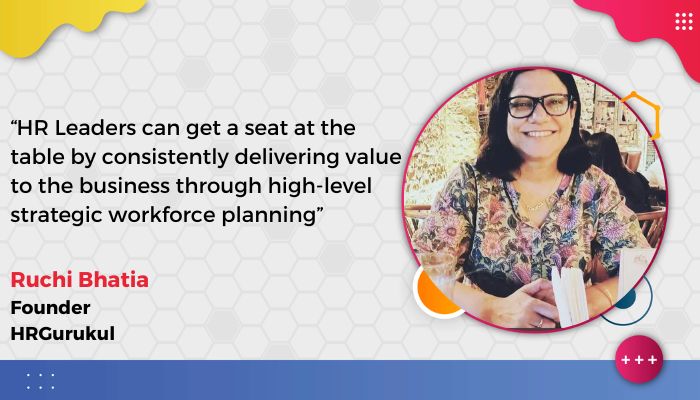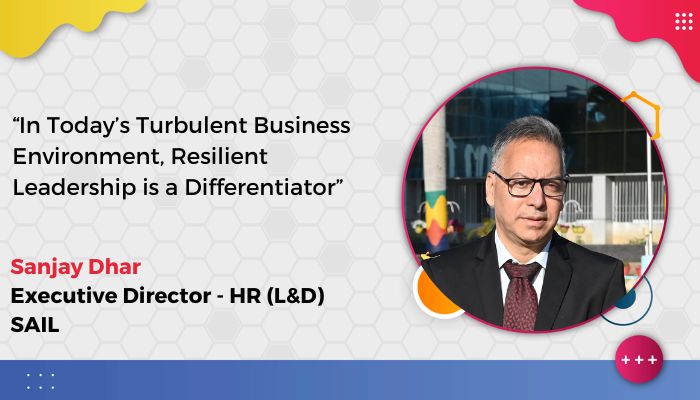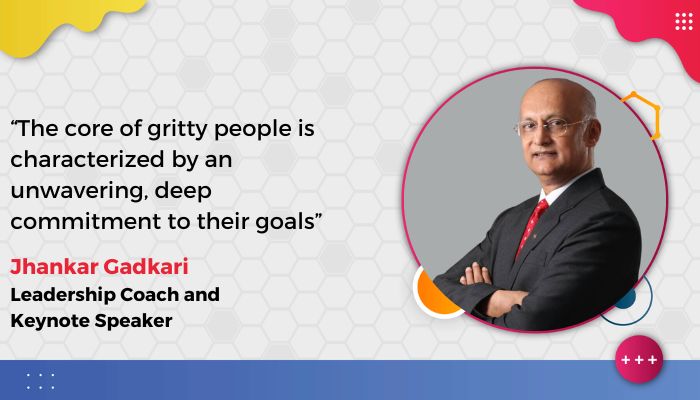By Ruchi Bhatia, Founder, HRGurukul
Companies are always on the lookout for talented people. It’s a paradox that Employers say they have a talent shortage; on the other hand, good talent is in search of the right opportunities. HR is usually seen as a cost centre. HR Leaders can get a seat at the table by consistently delivering value to the business through high-level strategic workforce planning, focusing on acquiring, developing, and retaining talent that aligns with business objectives. In my opinion, the following is the broader framework that can be kept in mind to attract talent who have worked for IBM, WNS, Elanco, etc.
- Focus on Employee Experience (EX) – This influences customer experience (CX). Happy and motivated employees are more likely to deliver exceptional customer service. Companies with highly engaged employees often outperform competitors financially, as satisfied employees contribute to higher customer satisfaction and loyalty. Use NPS metrics to track how improvements in EX (e.g., employee engagement, retention) correlate with CX outcomes (e.g., customer loyalty, satisfaction). The rationale for EX+CX is that it highlights HR as a value centre and helps in culture building.
- Invest in People Managers – Managers who act as coaches deliver high team performance. Regular coaching sessions are crucial for employee development and engagement. Tracking the frequency and consistency of these sessions can indicate a manager’s effectiveness as a coach. Managers can focus on providing actionable feedback, setting achievable goals, and helping employees overcome challenges. Managers who prioritise coaching based on urgency and importance ensure it complements other managerial tasks. Managers can learn coaching frameworks and models like GROW (Goal, Reality, Options, Will) to motivate and engage team members.
- Leverage Employee Testimonials – Encourage current employees to share their experiences working for the company on platforms like LinkedIn, Glassdoor, and social media. Authentic testimonials can significantly influence potential candidates. That’s when employee advocacy comes to life. Job candidates trust an employee’s voice more than carefully crafted branding messages. Employee advocacy is a powerful marketing strategy that leverages employees as brand ambassadors to promote the company’s products or services. Participating in employee advocacy can positively impact employees’ careers, providing networking opportunities and a sense of belonging. Companies like IBM, Accenture, and Capgemini regularly invest in Employee Advocacy Programs. Employees are often the most effective brand ambassadors as they know the brand best and have inherent loyalty. So, the focus should be on those who are passionate about the company and its products. Utilise tools to find and analyse potential ambassadors based on their online presence and engagement.
- Setup Employee Referral Program – Great employees refer great candidates and bring top talent to the organisation. This method is based on the idea that existing employees can effectively evaluate whether a candidate will fit well into the company’s culture and work environment. Referred candidates often have a better cultural fit and tend to stay longer with the company.
- Partner with Educational Institutions – Collaborate with universities, colleges, and vocational schools to establish internship programs, sponsor student projects, or guest lectures. This can help attract young talent. Senior leaders in the organisation can be roped in to deliver guest lectures at academic institutions so that students can connect the dots and gain relevant skills from practitioners.
HR can contribute by leveraging technology from the hire to retire stages of the employee life cycle. Data-driven decision-making can impact business success and inform strategic workforce planning decisions at Organizations.
About the Author
Ruchi Bhatia is an accomplished and award-winning HR professional with a distinguished career spanning talent management, employer branding, and leadership development. An alumna of IIM Calcutta and XLRI, she has made a significant impact in the HR landscape, particularly during her tenure at IBM, where she was promoted five times in 12 years. Recognised as the Most Valuable Ambassador at IBM for Social Media Adoption, she has received multiple industry accolades for her contributions.
As an XLRI-certified Executive Coach, Ruchi is committed to helping individuals and organisations evolve, grow, and unlock their full potential. She is passionate about mindfulness, conscious living, and fostering a growth mindset, believing that failure is a stepping stone to humility and success. You can connect with her here.
Disclaimer: The opinions and views expressed in this article, including any accompanying data, are the sole responsibility of the author and should not be construed as reflecting the official policy or position of India Employer Forum






